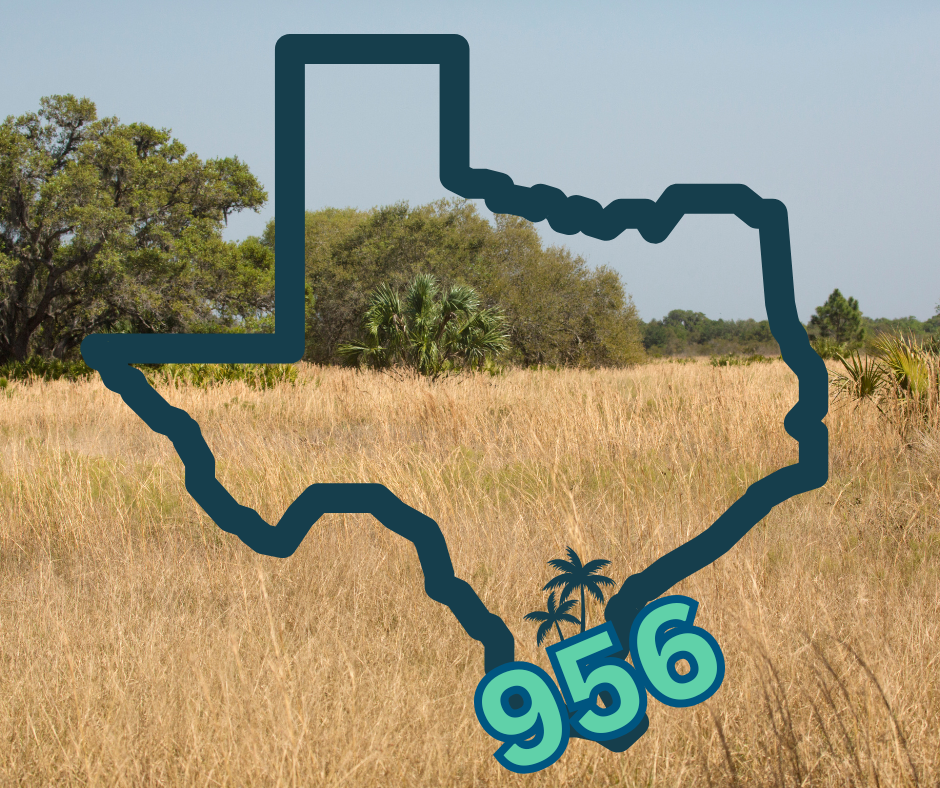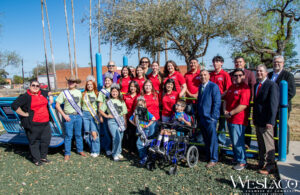- La Feria Community Holds Succesful Business Mixer Event
- Little Nashville to Take Place in Downtown Mercedes
- Lions Basketball Captures District Gold
- La Feria ISD Students Compete in Regional Chess Tournament
- Lions End First Half of 32-4A on a High Note
- La Feria ISD Held Another Successful Parent Conference
- Strong Appearance for Lions at Hidalgo Power Meet
- LFECHS Students Get to Meet Local Actress
- Students Participate in Marine Biology Camp
- Two LFECHS Students Qualify for All-State Band
The Rich History of the Rio Grande Valley
- Updated: November 15, 2024

By Mike Villarreal
The region now known as the Rio Grande Valley was largely uninhabitable before the 20th century. The land was dry, the wildlife and native plants were aggressive, and the temperatures were excessively hot and humid.
The history of the Rio Grande Valley dates back 12,000 years, when humans first began to traverse the area. The Coahuiltecans, from the state of Coahuila, and the Karankawa were among the first native tribes to inhabit this region. These tribes were primarily hunters who followed migrating herds of bison and fished in the Rio Grande.
Spanish colonizers began to arrive in the 1500s, establishing settlements along the river by the 1700s, which initiated population growth in the area. Steamboats were later utilized to connect trade routes between the Valley and Northern Mexico, linking Brownsville and Rio Grande City—two of the oldest towns in the region.
The arrival of the railway in July 1904 facilitated further connectivity of the Rio Grande Valley with the rest of the nation. The construction of the St. Louis, Brownsville, and Mexico Railway spurred growth in cities like Mission, Edinburg, Harlingen, and McAllen, which developed as stops along the railway.
The modern Valley is a relatively recent development. John Closner, a Midwesterner, arrived in the area in 1883 to assist with railroad development. He later became sheriff of Hidalgo County and seized land from those who failed to pay taxes. Closner began purchasing land; by 1904, he owned 45,000 acres. He harnessed the power of the Rio Grande by creating the largest privately owned irrigation system in the world, consisting of 141 miles of canals that still run through the Valley and into Mexico. That same year, he showcased his sugar cane crop at the World’s Fair in St. Louis and won a gold medal for the best crop.
This marked a turning point for South Texas, attracting investors eager to profit from the burgeoning sugar industry. The Valley began to be known as a place of dreams as land development companies marketed the area to people in the Midwest, promoting it as the “Magic Valley” of the Rio Grande. They also imported Washingtonia robusta palm trees from the Caribbean and Cuba to enhance the area’s appeal, although the only native palm tree is the Sabal mexicana.
The irrigation system improved soil quality, making the land more fertile. The Valley’s climate and year-round sunlight created ideal farming conditions. However, by the early 20th century, the Rio Grande began to run dry. Without the construction of dams in the 1950s and 60s, many people might not have settled in the Valley as they did.
While Closner and his contemporaries tried to shape the Rio Grande Valley to fit their vision, they failed to recognize that the area’s true essence lies not in imported trees, farming practices, or flashy marketing but in its biculturalism and its ability to embody two realities: the people who have lived here for centuries and those who are here today to write its next chapter.
The fusion of these two cultures transcends any border disputes, as the people of the Valley are adaptable. The Valley’s Mexican heritage is evident in everything from food to architecture. Many residents still recall those memorable nights in high school spent crossing the border to socialize. In the past, it was common for people to travel to Mexico to shop, dine, receive medical care, or obtain more affordable prescriptions, requiring only a form of government identification. However, starting in 2009, the U.S. began requiring a passport to re-enter the country.
The Rio Grande Valley has a rich history, with seven sitting presidents visiting the area: Dwight Eisenhower, Lyndon B. Johnson, Richard Nixon, Ronald Reagan, Bill Clinton, George W. Bush, and Donald Trump.
The Valley will never forget Hurricane Beulah, which caused significant flooding and resulted in 59 deaths in 1967. Even the Chicago gangster Al Capone spent considerable time in the Valley in the 1920s. In the 1960s, the “Crying Tree” of La Feria gained regional, state, and national attention when it was featured in Time magazine.
1976 was a busy year for the Valley, with local citizens reporting sightings of a cryptid flying animal known as Big Bird. Additionally, that year saw the construction of the Basilica of Our Lady of San Juan Del Valle-National Shrine, which attracts an increasing number of visitors each year.
The Valley was also home to eight drive-in theaters, one of which is still in operation: the Wes Mer Drive-In in Mercedes, which has been around for 74 years. A new one opened in McAllen (Valley Drive-In) this year.
The Valley was home to Villa Real, a special events center in McAllen, which operated for 29 years and was the premier music venue in the area. Villa Real hosted many artists, including Juan Gabriel, Juanes, Carlos Guzmán, Agustín Ramirez, Freddie Martinez, Kenny Chesney, and Carlos Mencia. They also hosted numerous rock concerts featuring bands such as Type O Negative, Sepultura, Slipknot, Slayer, Pantera, Anthrax, Sevendust, Disturbed, Rob Zombie, and Metallica.
The Rio Grande Valley’s rich tapestry of culture and history continues to evolve, shaped by its diverse community and legacy.




